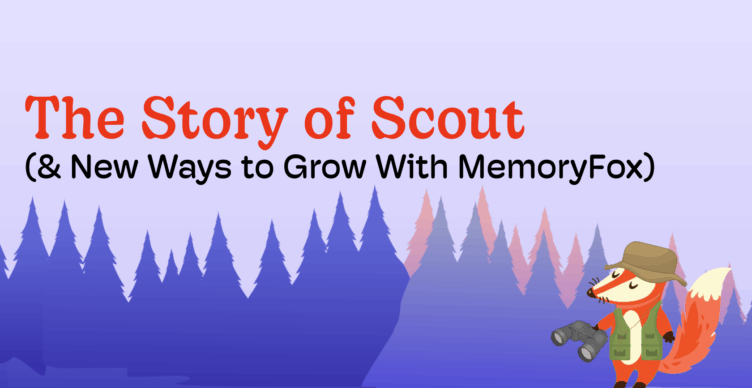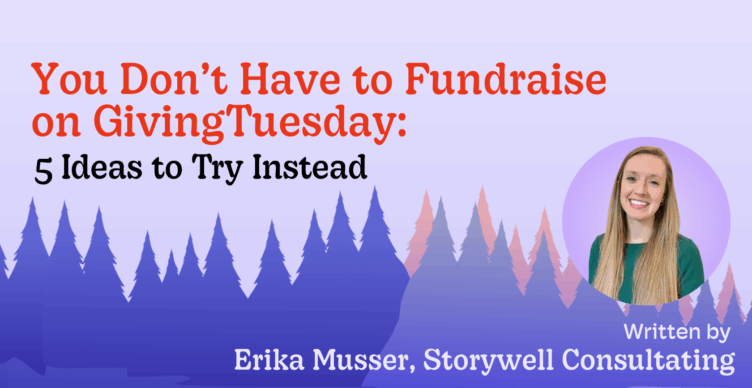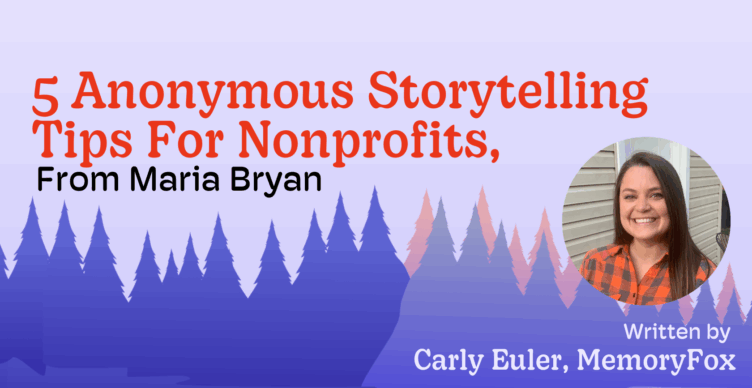Community Building
4 Tips to Personalize the Nonprofit Member Experience
Nonprofit members expect more than just a thank-you email. They want to feel like they belong to a community that truly understands their values and appreciates their contributions.
Personalizing the member experience goes beyond generic communication and occasional updates on your work. It requires creating customized interactions that show your nonprofit is paying attention and recognizes each member’s unique impact on your mission.
With tailored outreach and opportunities, your nonprofit can create deeper connections, boost engagement, and inspire long-term loyalty. If you’re ready to turn new members into lifelong supporters, let’s dive into four tips for creating a more personalized member experience.
1. Establish a Strong Line of Communication
Communication is the foundation of any relationship—including those with your members. Using your constituent relationship management platform (CRM) or membership software’s built-in communication tools, you can tailor interactions based on each member’s preferences and engagement history, ensuring every message feels timely and relevant.
To achieve this level of personalization, store each member’s communication preferences—whether they prefer emails, texts, or phone calls—as well as their past involvement, such as donation history or event attendance. With this data, you can send relevant updates and outreach that resonate with their interests, keep members informed about your work, and steward supporter relationships.
Go one step further by using automated outreach. Automated communication workflows can help you stay on top of member engagement by delivering the right messages at the right times. Here are some key touchpoints to include in your automated outreach:
- Welcome streams to make new members feel instantly connected
- Event invitations based on individuals’ interests or location
- Newsletters with updates on the specific programs and initiatives they care about
- Thank-you messages that express gratitude for members’ contributions and involvement
- Membership renewal reminders encouraging continued support
As part of your communication strategy, provide a membership portal. These portals give members access to exclusive updates and the ability to manage their information. A well-designed portal allows members to stay informed on their terms while keeping their profiles up-to-date.
Using these communication techniques ensures your nonprofit stays top-of-mind while making members feel consistently valued.
2. Offer Customized Membership Program Levels
By designing membership tiers with varying benefits, you allow members to select the level of involvement that best aligns with their preferences and financial capacity, creating a more tailored experience. Essentially, you’ll give them the power to personalize their engagement.
Tiered membership programs provide flexibility in how members engage with your organization. For example, a basic membership level may include access to general updates and events, while higher tiers can offer exclusive benefits such as behind-the-scenes tours, special recognition, or premium content. This ensures that every member, regardless of their contribution size, feels valued and appreciated.
Your nonprofit membership management software can help you set these tiers. Plus, this software can help you attract new members, increase retention, and save time through automation that streamlines tier management and personalizes engagement.
Using your software, create tiers that offer benefits like:
- Exclusive content or early access to reports and updates
- Special event invitations for top-tier members
- Recognition opportunities like receiving an appreciation postcard or being listed in newsletters
- Discounts on events, merchandise, or workshops
Different levels empower members to engage with your nonprofit in ways that fit their needs, leading to greater satisfaction and higher likelihood of renewals. Plus, well-structured tiers can incentivize lower-level members to increase their support over time.
3. Personalize Engagement Opportunities
To truly personalize member experiences, build detailed profiles in your database that include individuals’ interests, engagement histories, and communication preferences. These profiles enable you to offer targeted opportunities aligned with members’ specific interests and past involvement.
Rather than just sending generic invitations or appeals, track member activity and tailor engagement opportunities accordingly. For instance, if a member has participated in multiple virtual fundraisers, consider inviting them to an exclusive roundtable discussion with your leadership team. Or, if they’ve consistently supported a particular initiative, offer them a behind-the-scenes look at the progress their contributions have made possible.
Bloomerang’s nonprofit CRM guide explains that some databases even offer supporter timelines, which provide visual representations of each supporter’s engagement history. This feature shows when individuals have given, volunteered, attended an event, or interacted with your organization in another way. Use this information to determine the best engagement opportunities based on each member’s unique relationship with your nonprofit.
Personalized engagement opportunities might include:
- Invitations to member-exclusive events tailored to their interests
- Customized fundraising opportunities that align with past support
- Unique volunteer or leadership roles based on engagement history
By crafting engagement opportunities based on past interactions and preferences, you’ll make members feel recognized and valued, deepening their connection to your mission and increasing trust in your organization.
4. Build Emotional Connections With Storytelling
Did you know people remember stories 22 times more than facts alone? That’s because stories build emotional connections with your audience. When you format your stories as videos, you make those stories even more engaging and memorable. In fact, people retain 95% of a message when they watch it in a video versus 10% when reading it in text.
For nonprofits, video storytelling helps showcase your mission’s impact, giving members tangible evidence of how their contributions help. Having someone act as the heart of your story will elevate your nonprofit’s videos, so consider featuring real-life stories about your beneficiaries or even your members.
For example, feature a beneficiary explaining or showing how your nonprofit has positively impacted their life, or share the story of a long-time member who’s made a significant contribution to your cause.
You can then incorporate these videos into your communication strategy in ways that feel personal and meaningful:
- Include them in welcome emails to new members, introducing them to the community with a powerful, emotional story.
- Feature them in newsletters, giving members an inside look at the people and programs their support has touched.
- Place them on your nonprofit’s website, inspiring people to become members.
- Send them as part of membership renewal campaigns to remind members of the ongoing impact they’re making.
By creating these personalized storytelling moments, you not only engage members but also show them the direct, human impact of their support. This kind of emotional connection strengthens their bond with your nonprofit, making them feel like an integral part of your mission.
Personalizing the member experience is key to building lasting relationships. From consistent communication to strong storytelling, strive to make every member feel valued and connected to your mission.
Having the right tools in place will help power many of the strategies we’ve covered, so check that your software allows you to customize member communications, track engagement, and offer personalized opportunities. In no time, you’ll have a thriving community of committed members.

About the Author
Jay Love
Co-Founder & Chief Relationship Officer, Bloomerang
Jay has served this sector for 33 years and is considered the most well-known senior statesman whose advice is sought constantly. Before founding Bloomerang, he was the co-founder and CEO of eTapestry for 11 years, which at the time was the leading SaaS technology company serving the charity sector. Jay and his team grew the company to over 10,000 nonprofit clients, charting a decade of record growth.
He is a graduate of Butler University with a B.S. in Business Administration. Over the years, he has given more than 2,500 speeches around the world for the charity sector and is often the voice of new technology for fundraisers.




